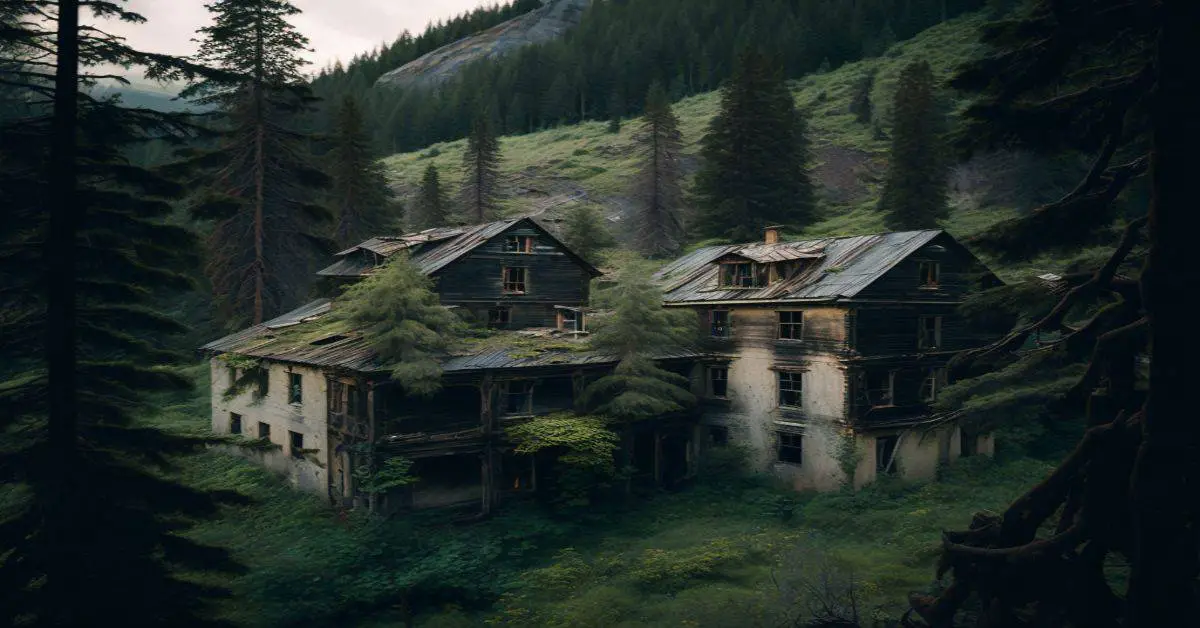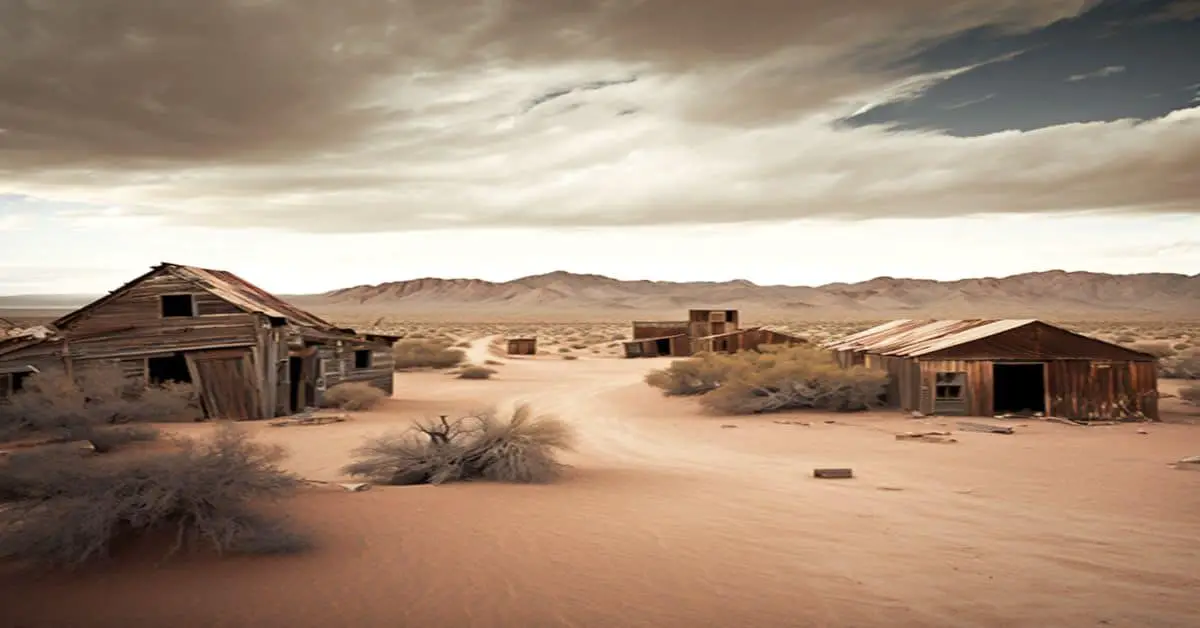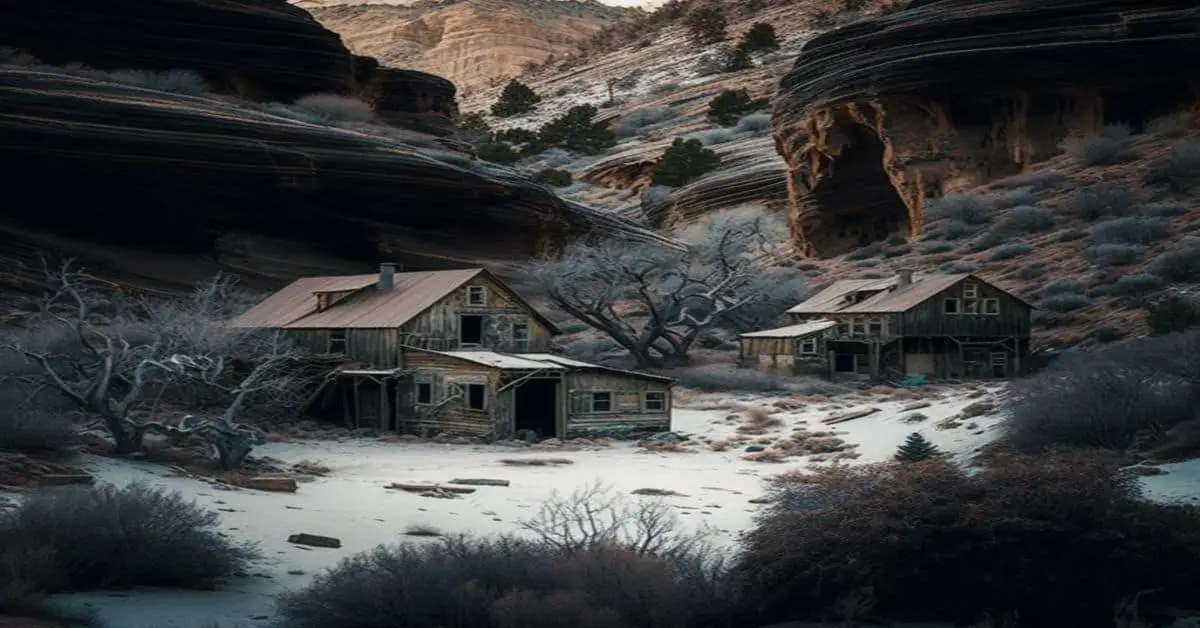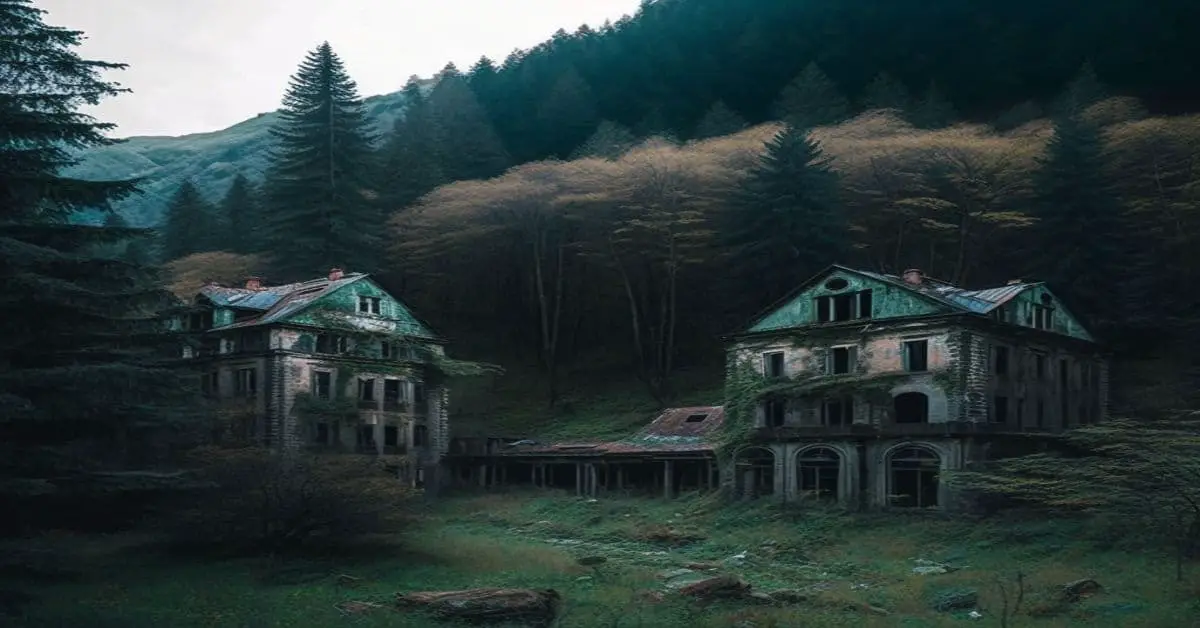On January 8th, 1848, James W. Marshall awoke at dawn. He went down to inspect the newly built watermill. While there, he noticed something unusual. There were bits of shiny metal floating in the stream below the dam. Curious, he scooped up several pieces and brought them back to camp. That night, after dinner, he looked closer at the samples. They weren’t just any old rock but chunks of pure gold.
Gold was discovered in 1848 near Sutter Creek in Northern California. Gold mining boomed throughout the state during the 1850s. Many thousands of prospectors rushed to California looking for riches. Miners traveled westward along the Oregon Trail, heading toward California. Settlers arrived in covered wagon trains, riding horses across the plains. By 1860 over 200,000 Americans were living in California.
Many groups of people settled in California, including Native Americans, Spanish explorers, Mexican ranchers, and European pioneers. These early residents were often divided along racial lines due to prejudice against those they perceived as outsiders. Many ethnic minorities suffered discrimination and violence at the hands of whites during the Gold Rush period.
At the same time as gold was being discovered, Americans began moving westward across the country, searching for new land. Many of those pioneers settled along rivers like the Sacramento River. They built farms and ranches and started businesses. Eventually, they formed communities called cities. These settlements multiplied until the mid-1800s, but after 1880, the Gold Rush slowed down dramatically.
After years of hard work, farmers finally owned enough property to become landowners. People could now own homes and build schools, churches, and parks. However, as the Gold Rush slowed, there weren’t enough jobs to maintain high employment levels.
So many people moved on, hoping to find better opportunities. Unfortunately, very few did. Most ended up living in poverty. That’s why today, California has thousands of ghost towns scattered throughout its rural areas.
Shasta, California
Location: 15312 CA-299, Redding, CA 96003
Website: Shasta State Historic Park
Shasta was the “Queen City” of the northern mines at the height of her reign. Its location on one of the main highways through California made it an essential freight point, leading to the construction of towering brick hotels, stores, and saloons.
Known by some as ‘Old Shasta,’ this once-bustling mining town was founded in 1849 when the discovery of gold near the town brought gold-hungry miners up the Siskiyou Trail. Many passed through Shasta, transforming it into the commercial epicenter of the California gold rush.
However, with the arrival of the Central Pacific Railroad, which bypassed Sierra in 1873, the town’s glory began to fade. Today it stands as one of the best-preserved ghost towns in California, featuring everything from blacksmiths to breweries.
Bodie, California
Location: Northeast of Yosemite, 13 miles east of Highway 395 on Bodie Road (Hwy 270), seven miles south of Bridgeport.
Website: Bodie Historic Park
Bodie is one of America’s most immersive ghost towns, primarily because it has been left relatively untouched. Rather than being restored, it has been preserved and protected as a state historic park, meaning it often feels like the town’s former residents have only just left.
Bodie was founded after Waterman S. Bodie discovered a small handful of gold in the hills north of Mono Lake. After a mine cave-in led to ore discovery, prospectors began flocking to Bodie, which soon became home to over 9,000 people and, famously, the ‘601 vigilante group’.
While only a tiny part of the town survives – preserved in a state of “arrested decay” – the interiors of the shops and houses are exactly as they were when their inhabitants left: stocked with goods and mining equipment. Some even believe the ghosts of Bodie’s former residents linger on.
Cerro Gordo, California
Location: Lone Pine, California
Website: Cerro Gordo Mines
Cerro Gordo was home to the first major silver strike in Owens Valley, located on the lonely western slope of the Inyo Mountains. But even before a settlement was founded, Mexican prospectors were scouring this “Fat Hill” for silver – many of whom were killed by Native Americans looking to protect their land or captured and sworn never to return.
The Cerro Gordo ghost town was once home to around 1,500 people. Founded by Pablo Flores, who set up a silver ore smelting point at Buena Vista peak, the settlement grew rapidly. By 1867, miners from all over America were flocking to Cerro Gordo.
Businesses and roads to take the ore to Los Angeles followed, and soon the town had developed a reputation for lawlessness and brutality. But by 1920, production began to fall, and the city was left to crumble into the red dust. Today, this 336-acre private estate is one of California’s most authentic and eerie ghost towns.
Malakoff Diggins, California
Location: 23579 N Bloomfield Rd, Nevada City, CA 95959,
Website: Malakoff Diggins
Malakoff Diggins State Park is one of California’s most renowned and short-lived mining settlements. In 1851, miners hammering their way from Grass Valley and Nevada City struck gold in a creek just south of where Malakoff Diggins State Park now stands.
Within months, over 100 miners had settled in the area and were working the surrounding rivers and creeks in the hope of uncovering untold riches. However, they quickly realized that the original stream wasn’t as generous as they’d hoped, so they nicknamed it ‘Humbug’ before moving on to other areas.
In 1850, the federal government outlawed hydraulic mining due to its devastating effects on local ecosystems. Since then, many companies have tried to find new ways to extract minerals from mountainsides, but none have been able to replicate the success of the original Malakoff Mining Company. Today, only six active mines remain open worldwide.
Empire Mine, California
Location: 10791 E Empire St, Grass Valley, CA 95945
Website: Empire Mine State Park
Empire Mine was discovered in 1859 but didn’t begin producing ore until 1865. The mine produced over five billion dollars worth of gold during its lifetime.
The Empire Mine was founded in 1850 when Geroge Roberts found a lump of hard-rock gold in a vein of quartz. As soon as the word gold fell from his lips, prospectors began flooding into Northern California, hoping they might be as lucky as Roberts. For 100 years, the Empire mine plowed deep into the earth’s crust until the stamp mills finally fell silent in 1956.
Today, it is ranked as one of the most prosperous mines in North American history. The Empire mine is one of the most impressive ghost towns you’re likely to find in California, containing old mine buildings, revived gardens, and miles of winding mine shafts.



